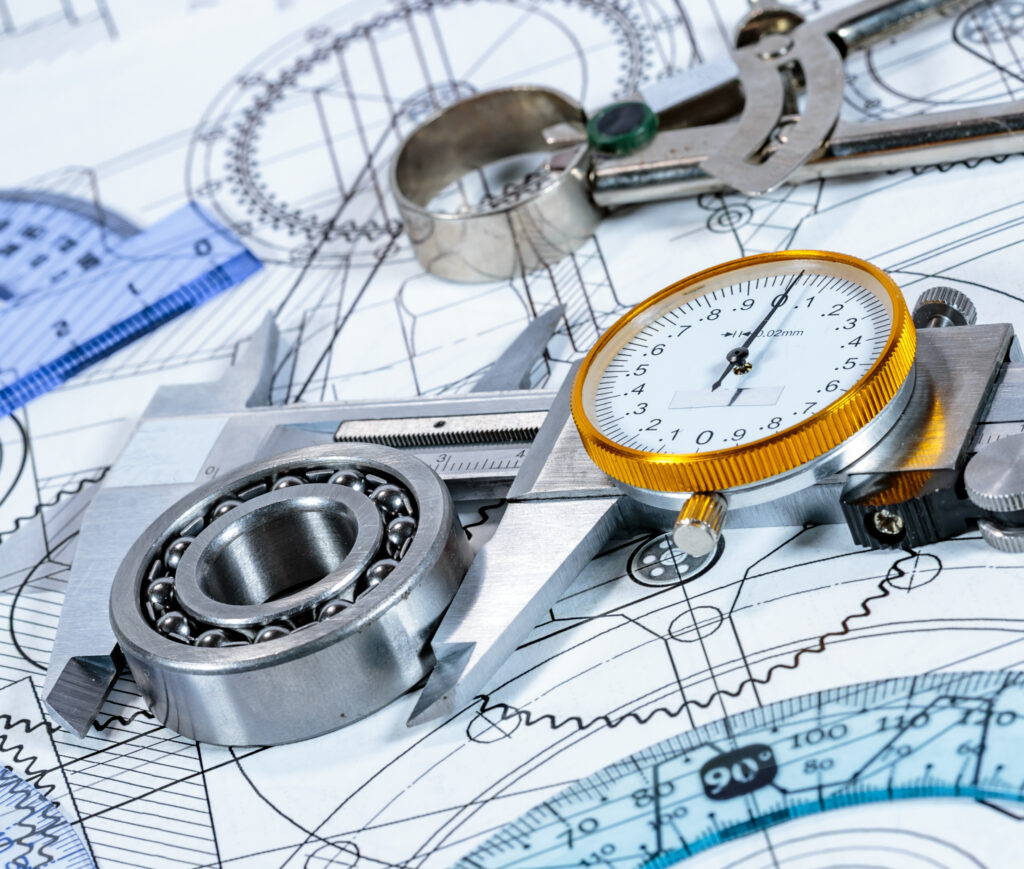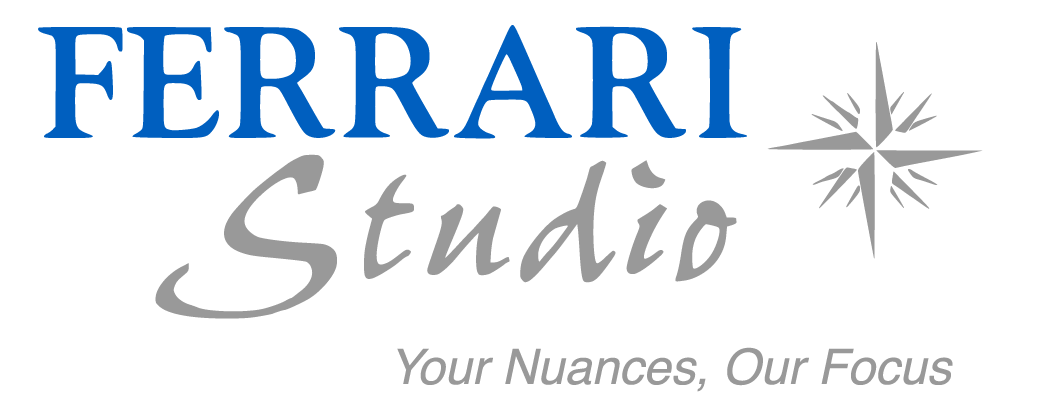Back translation
Back translation: a guarantee of professional translation quality
Back translation (or reverse translation) is a painstaking process in which a second, independent translator retranslates a previously translated text into its original language.
This method helps identify any discrepancies, misinterpretations or subtle nuances that may have been missed during the initial translation.
At FERRARI Studio, our commitment to linguistic excellence includes a reverse translation service, further proof of our attention to detail and dedication to customer satisfaction.
Advantages of reverse translation
Accuracy guaranteed: helps identify potential errors, omissions or misinterpretations in the original translation.
Regulatory compliance: essential for legal, medical and pharmaceutical documents that must meet strict international standards.
Quality assurance: offers an added level of control to ensure your original message is communicated faithfully.
Customer confidence: you can check the quality of the translation even if you don’t know the target language.
Less risk: minimises the risk of costly errors in critical documents or international marketing campaigns.


When do we particularly recommend reverse translation?
Medical and pharmaceutical documents: informed consent forms, clinical research protocols, medicine package leaflets.
Marketing materials: taglines, advertising campaigns, brand messages where cultural nuances are crucial.
Legal documentation: international contracts, patents, regulatory documentation.
Research tools: questionnaires, surveys, assessment tools used in multicultural contexts.
Sensitive content: any document where a translation error could have significant consequences.
Our back translation process
The document will be translated from the source language to the target language by a specialised translator.
A second translator who has not seen the original text will carry out an independent back translation.
The two documents in the original language will then be compared (original text and back translation).
We’ll then identify and resolve any discrepancies.
Finally, we'll carry out a final revision of the initial translation to ensure it’s an accurate reflection of the source text.

